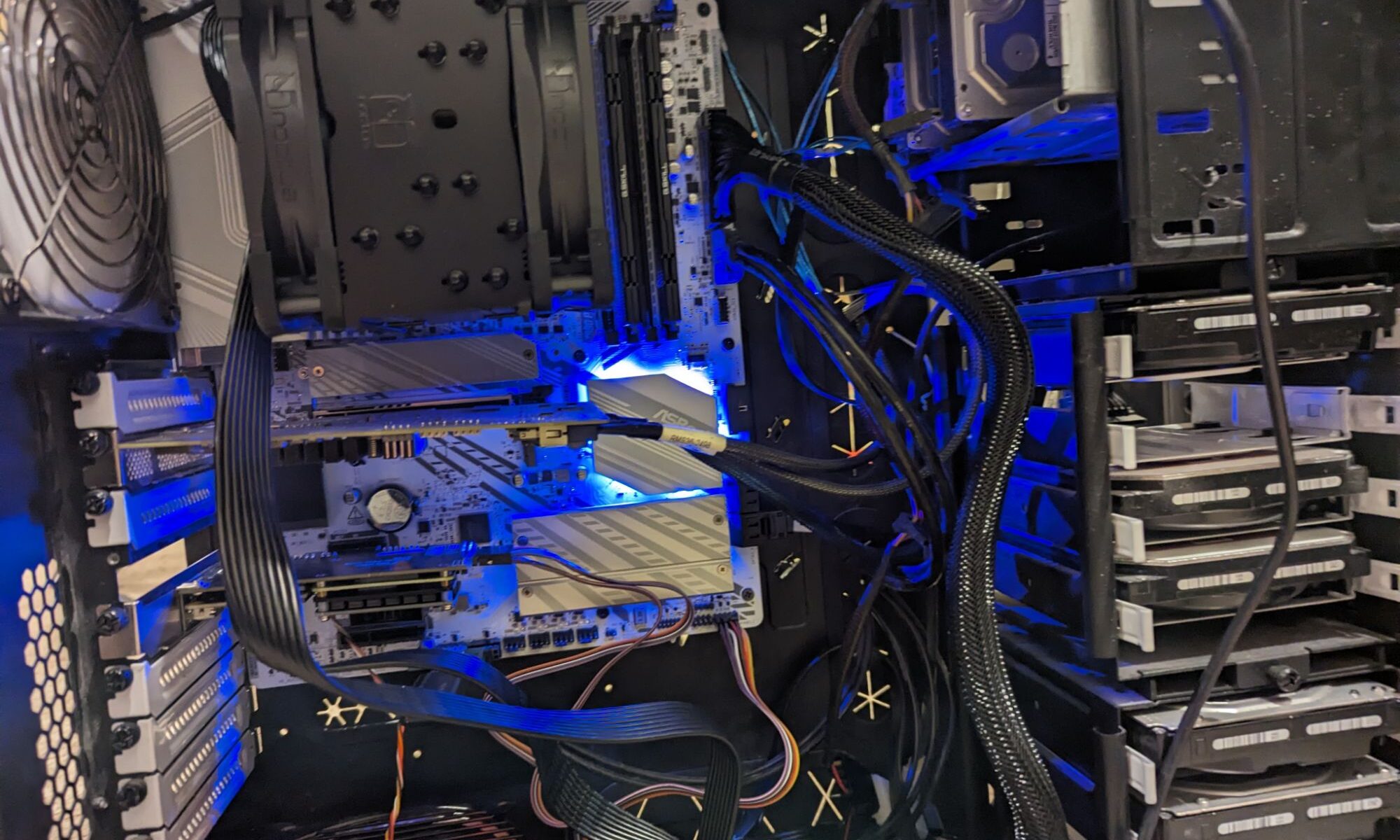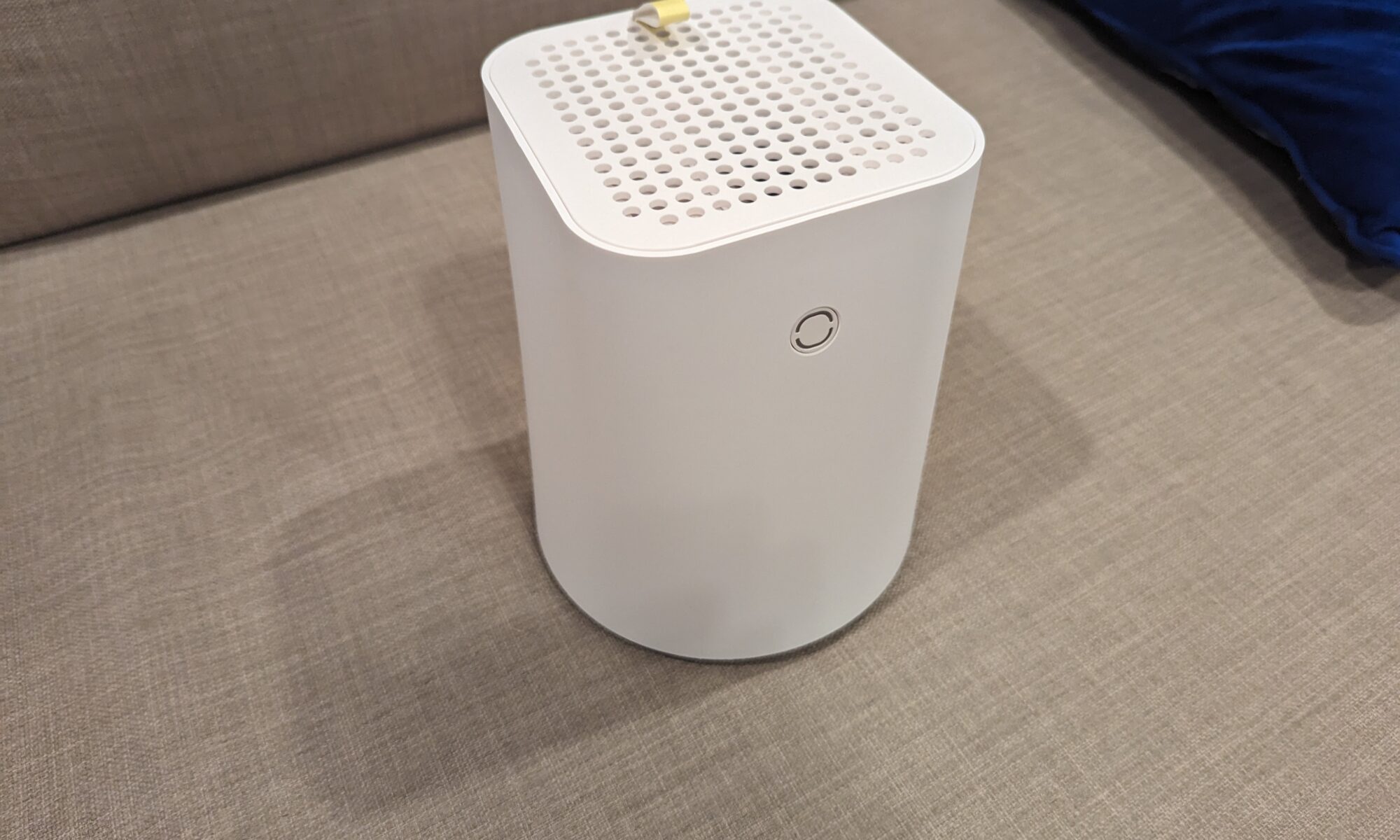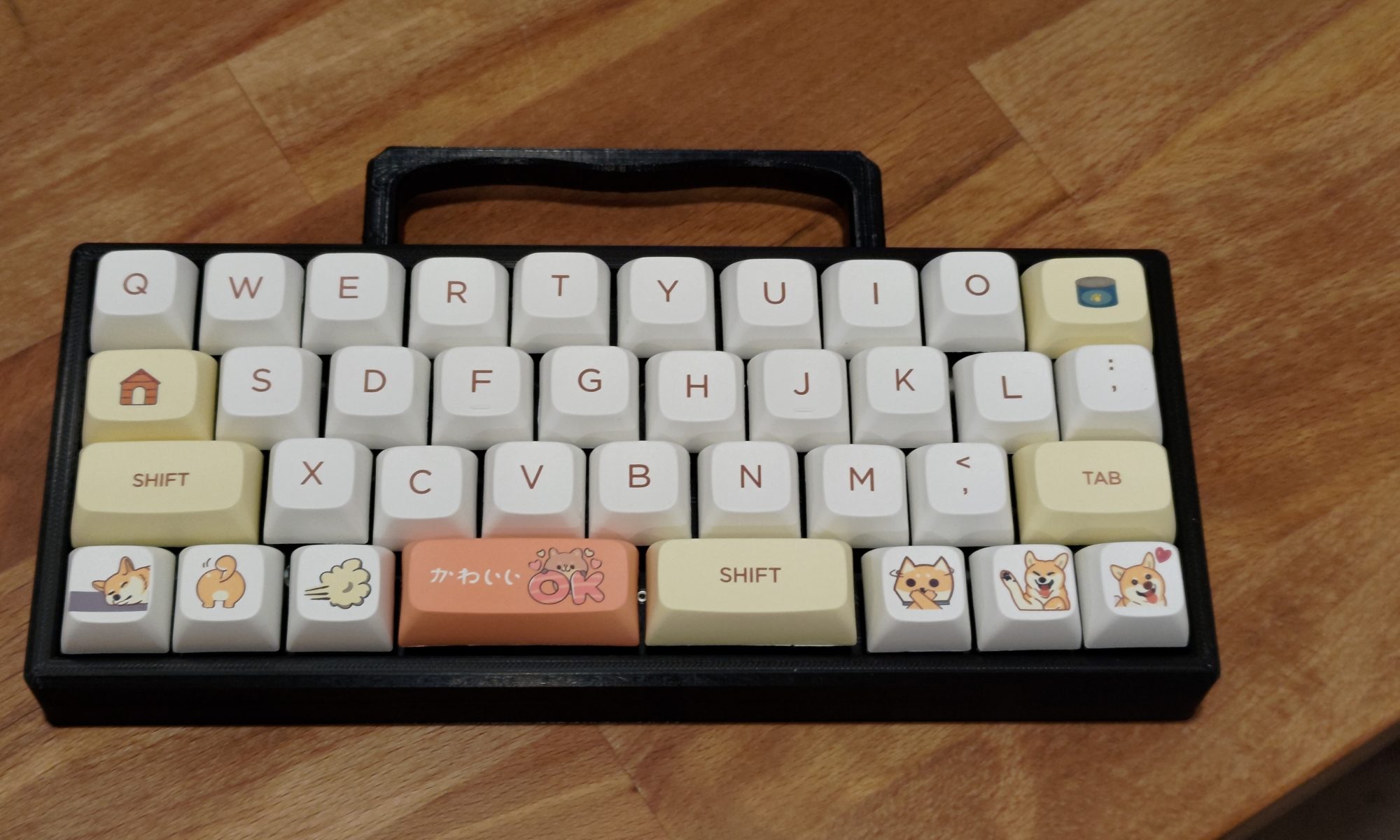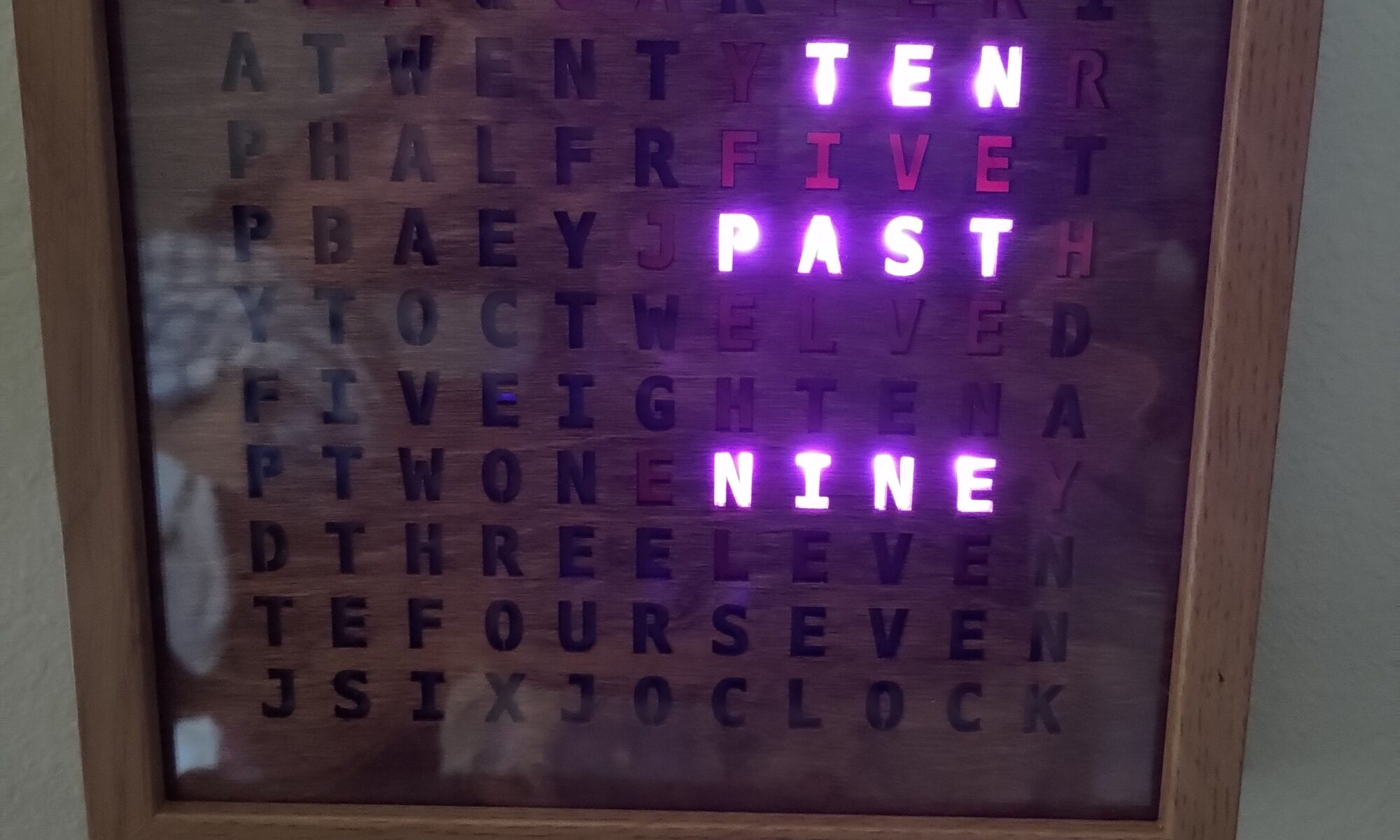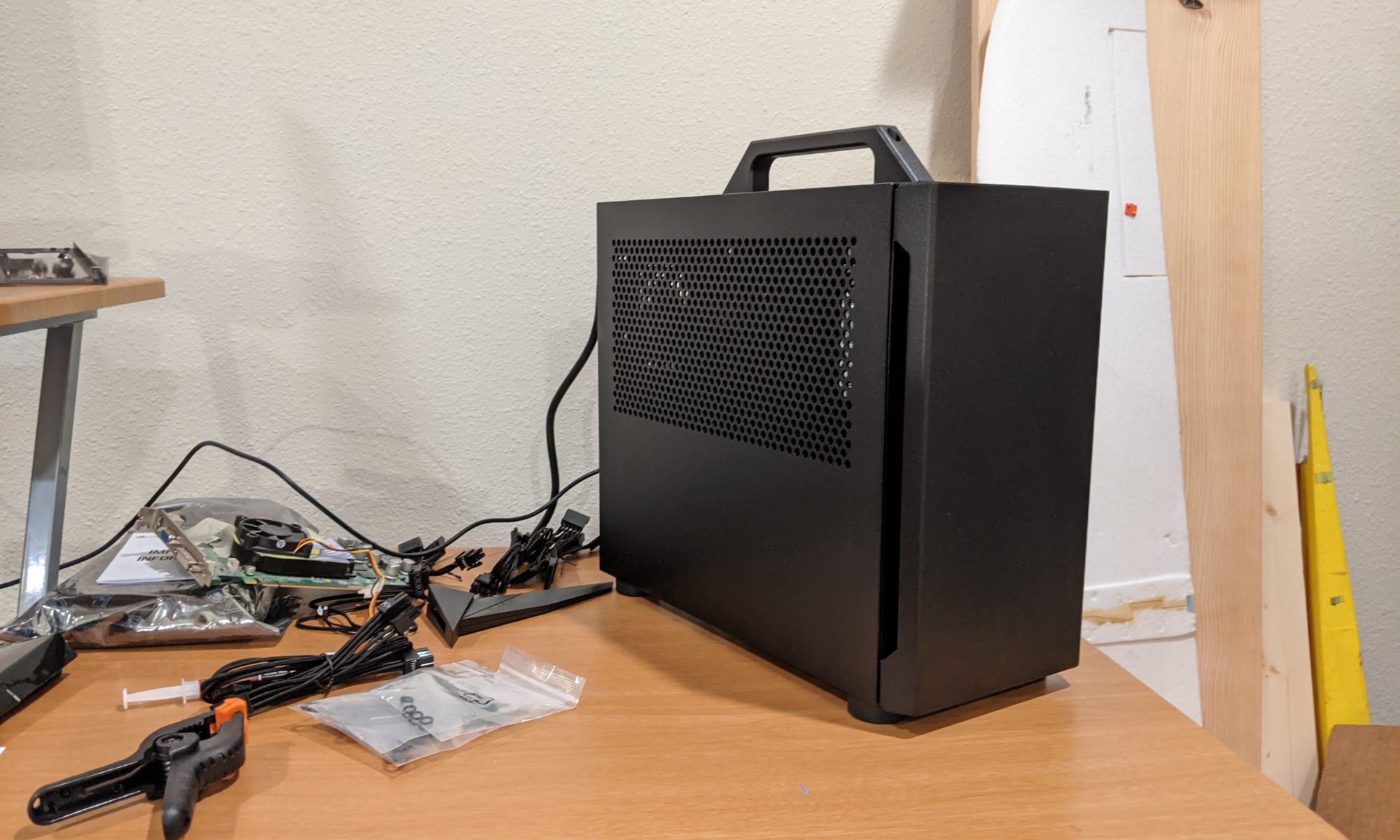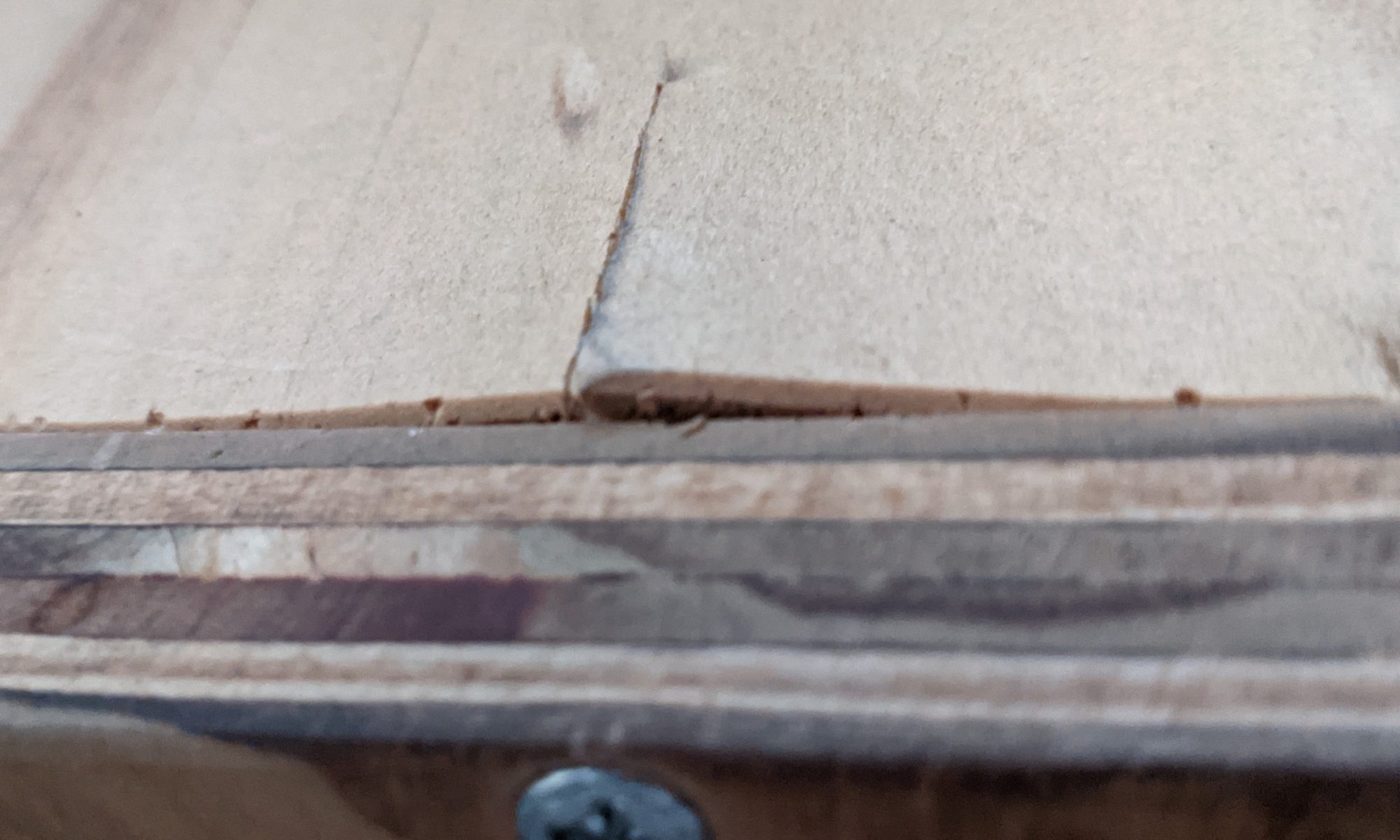My NAS has been getting old, and it’s been getting more and more noticeable over time. Considering that I built it in 2013, I’d say it’s had a good 10+ year lifespan and could use a solid upgrade. I plan on reusing a fair bit of hardware, but I also plan on moving to ZFS for my primary storage, so I’ll be getting new drives to use in a new ZFS backed array.
Continue reading “NAS V2.0”Upgrading the Network Video Recorder
I’ve been using a small 1U server (Running an E3 V2 CPU) to run Blue Iris for a few years now, and in an attempt to find power savings in my electric bill (and subsequent AC savings too) I decided to do some digging for a replacement. I gathered some metrics on the old server and found it using 80-100 watts, so I was aiming to reduce that by 50%. I ended up finding a cute little 2 bay “NAS” online that supports a low power AMD CPU and can handle the HDD space I need for the video recordings.
Continue reading “Upgrading the Network Video Recorder”Building a Custom Keyboard
I saw a cute keyboard online at one point, an absurdly small keyboard, 35%. I decided to build one myself, there’s a kit available with the circuit board and diodes, just add switches, micro controller, and case. I did end up complicating things a bit though, adding hot swap sockets and I plan on eventually adding a plate as well.
Continue reading “Building a Custom Keyboard”Building a Word Clock
Way back around 2013, something started getting popular on Instructables, word clocks. They gave the time as a sentence instead of a usual number like most common clocks. I thought these were cool and wanted to build one, I even picked up parts, but never got around to building it.
Continue reading “Building a Word Clock”Desktop Workstation 2
Its that time to build a new workstation. My current workstation was built in 2013 and while it has been upgraded with additional RAM, SSD storage, and a newer GPU, is still the same CPU and motherboard (that motherboard which now has a dead audio output and a dead NIC). The CPU is starting to show its age with games and processes using more and more of it, and since GPU prices are insane, I’ll be holding off on that upgrade till later.
Continue reading “Desktop Workstation 2”Server Rack Repair
I noticed a bit of damage on my server rack recently. The top of it is starting to crack around two of the screws. This isn’t good as it undermines the integrity of the rack and could cause problems in the future, and so I had to fix it. The lid was crushed downwards, likely due from a heavy object sitting on it (more than likely my NAS sitting on it at some point in time).
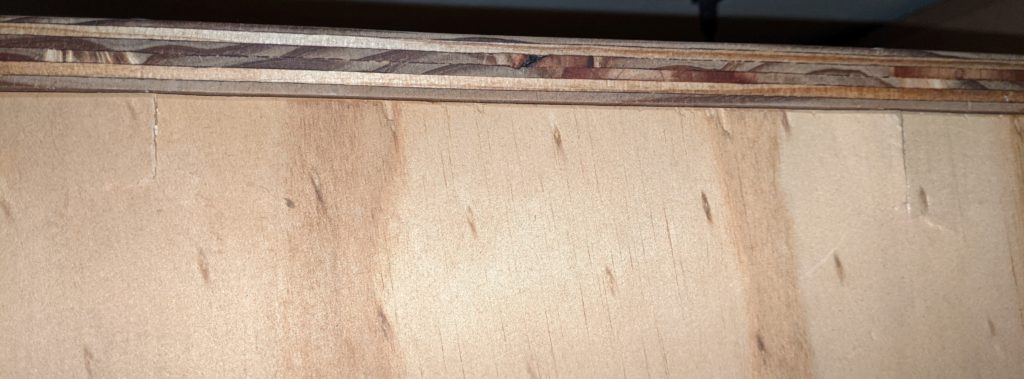
3D Printed RPI Rack
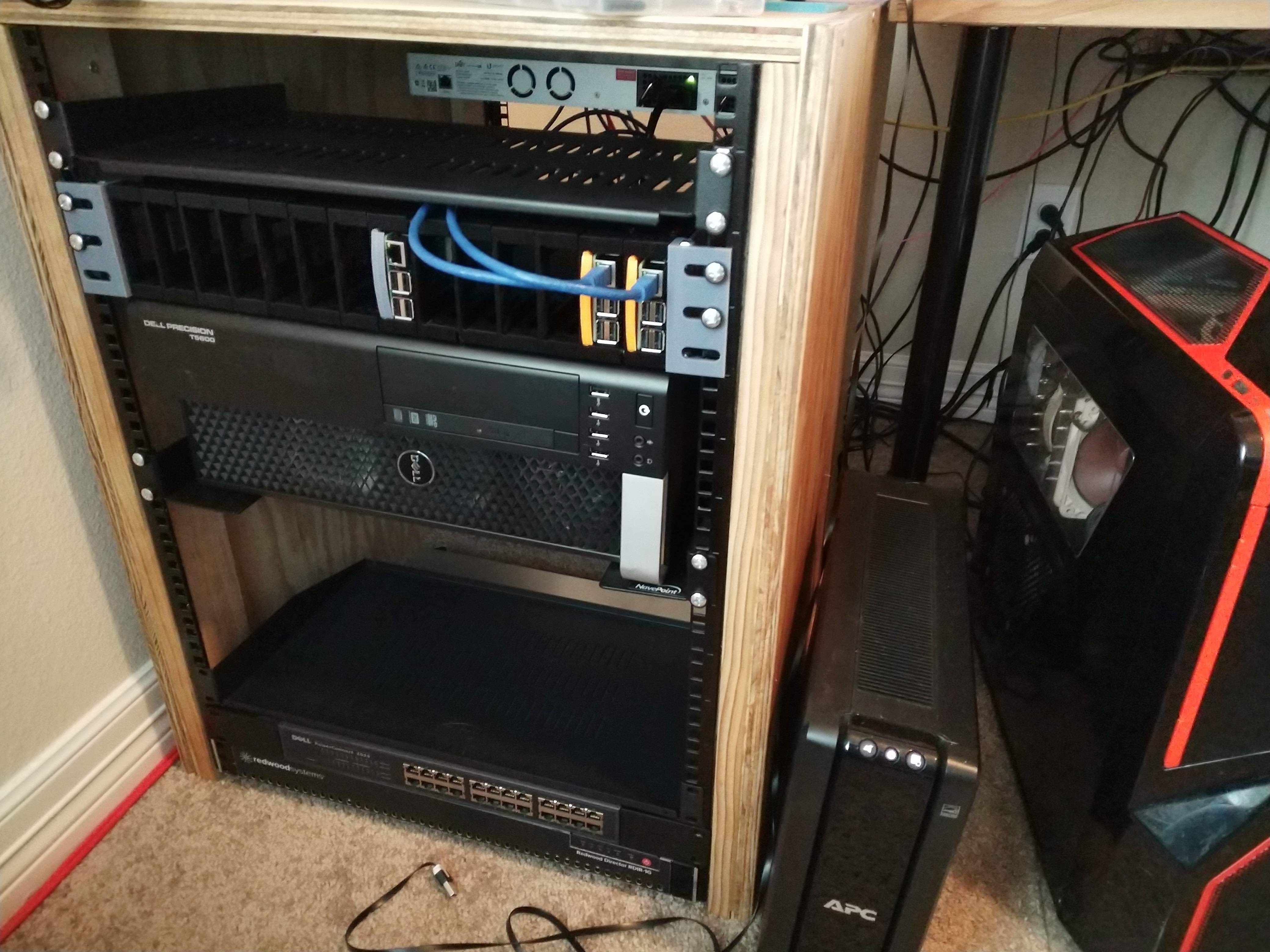
I printed out the Raspberry Pi Blade Center found on thingiverse on my Ultimaker 2. This was a relatively easy set of units to print, with a majority of the time needed on it to be spent cleaning up the large number of pi holders. I assembled these with threaded rods and lock nuts. The threaded rods had to be cut to size but in the end, everything was assembled in about a weekend after printing was done. In order to fit RPI 3B+ with the POE hat, I did end up hand modifying some trays, which I don’t have a model for the changes so they can be printed in that form.

Home Built Server Rack

In order to organize my lab a bit better, I decided to custom build a server rack. This was to be the same height as my desk and also be usable as more work surface area. I determined that a 15u rack would be the the best size, and it would give me some room to grow as well since i only currently have a few things that can fit in the rack (The Fractal Design Define XL R2 is far too big to fit, so its just the vhost, networking equipment and some RPIs). First off, the design, which ended up being slightly incorrect on sizing of one of the components.
Continue reading “Home Built Server Rack”VHost Build
I started looking at servers for a new vhost for a few months, trying to determine what I would need, and what I could utilize. I was running out of RAM in my NAS to run virtual machines, and I was running into odd times when I wanted to reboot my NAS for updates, but didn’t want to reboot my entire lab. So I came to the decision to build a new server that would host the virtual machines that were less reliant on the NAS (IRC bots, websites, wiki pages, etc) as well as other more RAM intensive systems. The new server was to have a large amount of RAM (>32GB maximum), which would give me plenty of room to play. I plan on leaving some services running on the NAS which has plenty of resources to handle a few extra duties like plex, and backups. The new VHost was also to be all flash, the NAS uses a WD black drive as the virtual machine host drive, which ends up slowing down when running updates on multiple machines. I may also in the future upgrade the NAS to a SSD for its cache drive and VM drive.
Here is what I purchased:
NAS Build
I started my original NAS build with inexpensive quality consumer components, but by now its become a strange chimera of enterprise and consumer gear. The main goals: low power, quiet, high storage density
With the focus, the main decision was on a case, 8 hdd’s were the minimum number of bays, and having a few 5.25″ bays allowed me to use a 5×3 cage to add more hdd bays. From some research, it can also be found that another stack of hdd cages can be added to the case with relative ease, bringing the total number of disks held to ~21.
| Case | Fractal Design Define XL R2 |
| CPU | Intel Xeon E3-1245 v2 |
| Motherboard | Asrock Z77 Pro-4m |
| PSU | Antec BP550 |
| RAM | Gskill Ripjaws X (32GB total) |
| HBA | LSI 9201-16i |
| HDD | Various |
| NIC | Intel Pro/1000 VT, Chelsio dual port 10G SFP+ |
| Extras | Norco 5 x 3.5″ HDD Cage |

